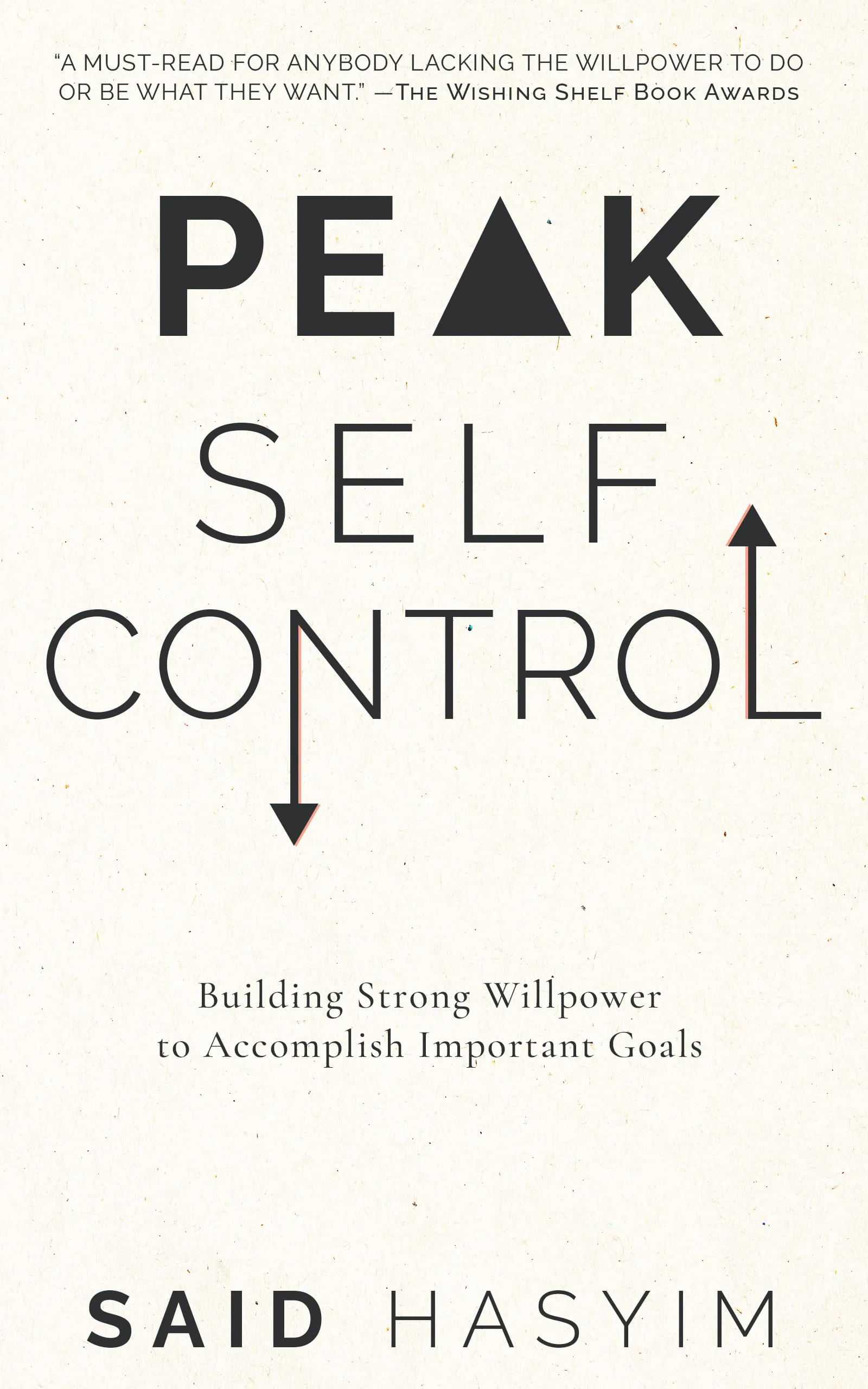How to Set Boundaries for Greater Self-Discipline
In a world that constantly bombards us with requests, distractions, and obligations, establishing personal boundaries is essential for cultivating greater self-discipline. Boundaries are not just about saying no; they are about creating a space for yourself where you can thrive, focus, and grow. In this blog post, we will explore the importance of boundaries, the various types of boundaries you can set, and practical strategies to implement them in your life.
Why Boundaries Matter
Boundaries serve several purposes that are crucial for enhancing our well-being and self-discipline:
Protect Your Time and Energy: Setting boundaries helps you safeguard your time and energy from being drained by others' demands. With fewer distractions, you can dedicate more focused time to your personal and professional goals.
Enhance Self-Respect: Establishing boundaries demonstrates self-respect and shows others how you expect to be treated. It is an act of self-care that reinforces your worth and importance.
Promote Healthy Relationships: Boundaries provide clarity in relationships, allowing people to understand and respect your limits. This understanding can lead to healthier, more fulfilling interactions.
Foster Personal Growth: By maintaining boundaries, you create an environment that encourages personal development. This can lead to improved discipline as you set and pursue your own goals without the interference of external influences.
Types of Boundaries
Understanding the different types of boundaries is essential for effective boundary-setting. Here are some key types:
Physical Boundaries: These involve your personal space and physical touch. Determining what feels comfortable or uncomfortable in terms of proximity or physical interaction with others is crucial.
Emotional Boundaries: These relate to your feelings and emotional state. They help you separate your emotions from those of others, preventing emotional manipulation and enabling you to express your feelings healthily.
Time Boundaries: Time is a precious resource. Setting time-boundaries involves scheduling your time effectively and saying no to commitments that don't align with your priorities.
Material Boundaries: These boundaries pertain to your possessions and finances. They safeguard your belongings from being used or taken without your consent.
Intellectual Boundaries: These involve respecting others' ideas, thoughts, and beliefs. Engaging in healthy debates without overriding others’ perspectives is key to maintaining intellectual boundaries.
How to Set Boundaries
Setting boundaries is a skill that takes practice and self-awareness. Here are some steps you can take to implement boundaries that promote self-discipline:
1. Reflect on Your Needs
Start by reflecting on areas of your life where you feel overextended or compromised. Ask yourself:
- Where do I feel overwhelmed?
- Are there specific people or situations that drain my energy?
- What personal values are being threatened when my boundaries are crossed?
Understanding your needs is the first step towards establishing boundaries effectively.
2. Communicate Clearly and Assertively
Once you have identified your needs, it’s essential to communicate them with clarity. When discussing boundaries with others, consider these tips:
- Be Direct: Use clear and straightforward language to express your needs. Avoid vague statements that may confuse others.
- Stay Calm: Approach conversations about boundaries calmly and confidently. Emotional outbursts can detract from your message.
- Use “I” Statements: Frame your statements from your perspective to reduce defensiveness. For example, say, “I feel overwhelmed when…” instead of, “You always…”
3. Use Technology Wisely
In today’s digital age, technology can either help or hinder your boundaries. Here are ways to use it for self-discipline:
- Set Do Not Disturb Hours: Use features on your phone or computer to silence notifications during work or personal time.
- Limit Engagement on Social Media: Consider setting specific times to check social media to minimize distractions and emotional overwhelm.
4. Practice Self-Compassion
Setting boundaries can feel uncomfortable, especially if you’re used to accommodating others’ needs. It’s important to practice self-compassion during this process:
- Acknowledge Your Feelings: Recognize that it’s normal to feel guilty or selfish when enforcing boundaries. Accept these feelings as part of the process.
- Celebrate Small Wins: Each time you set and uphold a boundary, acknowledge your progress. Small victories build confidence.
5. Be Prepared for Resistance
Many people may not react positively when you start setting boundaries, especially if they are accustomed to your compliance. Here are ways to handle pushback:
- Stay Firm: Reaffirm your boundaries calmly and insistently. It’s crucial to stick to your commitments, even in the face of opposition.
- Limit Engagement: If someone continually disrespects your boundaries, consider limiting your interactions with them until they can respect your needs.
6. Evaluate and Adjust
The process of setting boundaries is ongoing. Regularly evaluate their effectiveness:
- Reflect: Take time to evaluate how your boundaries are working. Are they helping you achieve your goals? Are there areas that need adjustment?
- Be Flexible: Life changes, and so can your boundaries. Be open to adjusting them as your needs and circumstances evolve.
Conclusion
Setting boundaries is a vital skill for developing greater self-discipline. By protecting your time, energy, and emotional well-being, you create the conditions necessary for personal growth and fulfillment. While it may take time and practice to become comfortable with boundary-setting, embracing this journey can lead to a more disciplined, focused, and empowered life.
Take the first step today by reflecting on your current boundaries and identifying one area where you can assert yourself more effectively. Empower yourself to say no, prioritize your needs, and embrace the freedom that comes with setting healthy, respectful boundaries. Your future self will thank you!
Start Mastering Self-Discipline Today
Discover Peak Self-Control, a practical book to mastering self-discipline. Break free from distractions, build healthier habits, and improve your relationships. Gain effective strategies to enhance your willpower and make meaningful life changes, even amidst a busy schedule. Small adjustments can lead to significant improvements in your daily routine.
